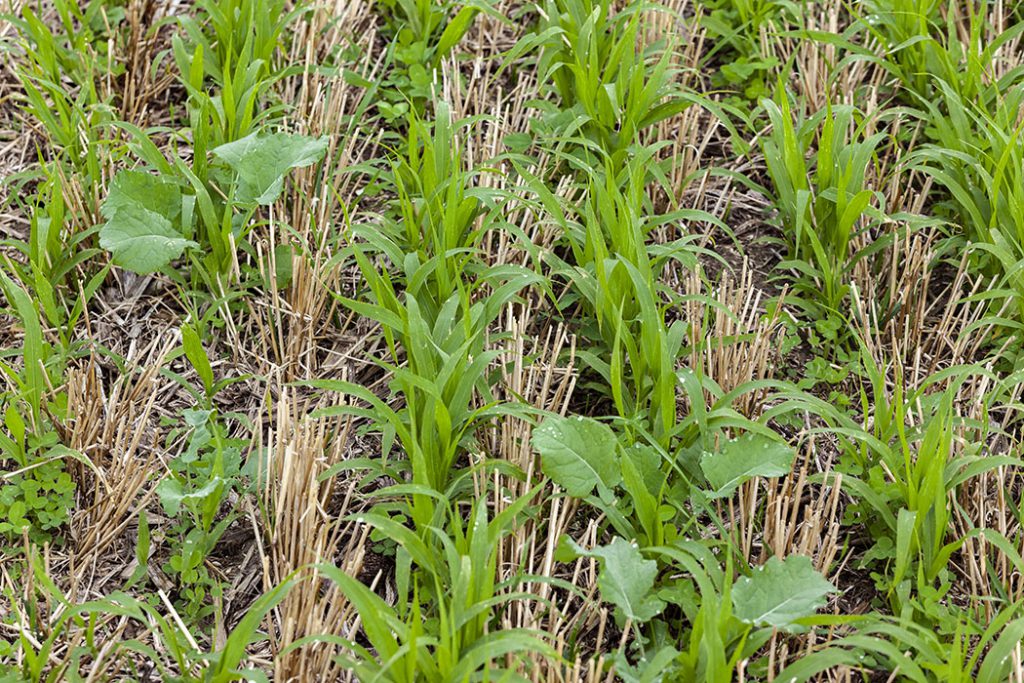Are there any new farming practices that help with crop yield or the environment?

There are many new farming practices that are being explored to help boost crop yields and help protect our environment. Below we go into detail three common practices farmers are using to help boost their crop yields and protect the environment.
First- what is a crop yield? Crop yield is a term used to describe how many grains or seeds a growing crop produced. A good yield means that a growing corn crop grew well and efficiently and produced a lot of seed that was harvested off the cobs in the fall. Poor yields means that grain plants did not grow well and produced a lower number of seeds on the plants- like each pod on a soybean only had one seed at harvest versus three seeds per pod.
Farmers get paid based on how many seeds they produced each year (based on the weight of the harvested seeds- they don’t count each one individually!) Poor yields mean farmers could get paid less and their businesses may suffer.
Increasing crop yields efficiently and sustainable is important to keeping Ontario grain farms viable for the next generation- but making sure new farming practices that do this, also protect the environment is just as important. Without a healthy environment, we would not be able to grow an abundance of healthy grains.
Three common farm practices

Planting cover crops are a common way to help boost soil fertility which in turn helps grains stay healthy (which can help the grains have higher yields) and are a GREAT way to protect our environment. Cover crops can help reduce erosion, prevent nutrient run off and help reduce the need for pesticides or fertilizers! Learn more about cover crops here.
Another farming practice that helps to boost crop yields whilst also protecting the environment is soil testing. Soil testing involves taking samples of the soil throughout a field so farmers get a profile of what their soil looks like and to be able to identify which area of the field may need what type of nutrient. This helps crops to get the most out of the soil, helps the environment by not applying excess nutrients and overall helps the ecosystem by having healthy soils. Learn more about soil testing here.
A third practice that helps to boost yield whilst also helping the environment is the application of the 4Rs when applying fertilizer. The Ontario government has been a leader in nutrient management by recognizing the 4Rs: a phrase used to describe how fertilizers are applied in Ontario. They stand for the concept of applying fertilizers in the right source at the right rate, at the right time and in the right place. This means farmers use fertilizers when they are needed, where they are needed and in the amounts the plants need. This helps farmers to use their fertilizers more effectively As the grain plants get exactly what they need when they need it. This can help keep the growing grains healthy and reduce the risk of excess fertilizers leaving the fields. By following the 4Rs farmers are reducing nutrient runoff into nearby streams and waterways to help improve water quality and the overall quality of the environment. Learn more about the 4Rs here.
There are many new and improved farming practices that farmers are going to use. No two farms are the same, and each farm (or field!) will need careful management to ensure that farmers are getting goof crop yields, while still reducing their negative impacts of the environment.



